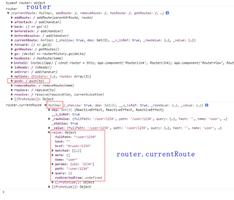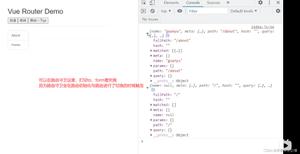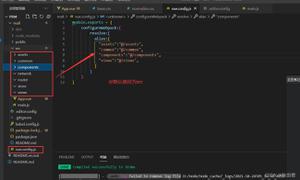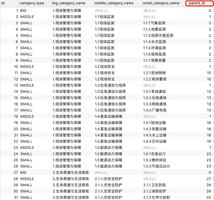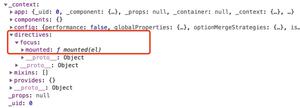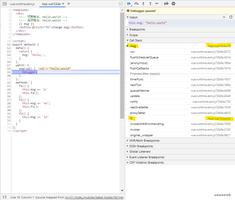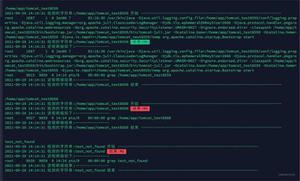vue 2.0路由之路由嵌套示例详解
前言
vue一个重要的方面就是路由,下面是自己写的一个路由的例子分享给大家供大家参考学习,下面来看看详细的介绍。
方法如下:
1、引入依赖库就不必再说
2、创建组件
两种写法
第一种:间接
<template id="home">
<div>
<h1>Home</h1>
<p>{{msg}}</p>
</div>
</template>
var About = Vue.extend({
template: '#about'
});
第二种:直接
var Out = Vue.extend({
template: '<div><h1>Out</h1><p>This is the tutorial out vue-router.</p></div>'
});
3、创建 router 实例,传 'routes'路由映射配置
var router = new VueRouter({
routes: [
{ path: '/路径', component: 组件名 },
{ path: '/', component: 组件名}, //设置默认路径
{ path: "*", component:Home }//路径不存在 <br> ]
});
4、创建和挂载根实例。记得要通过 router 配置参数注入路由,从而让整个应用都有路由功能
var vm = new Vue({
router: router
}).$mount('#app');
整体的demo
<!DOCTYPE html>
<html lang="en">
<head>
<meta charset="UTF-8">
<title>hello world</title>
</head>
<body>
<div id="app">
<div>
<!-- 4、<router-link>默认会被渲染成一个 `<a>` 标签 ,to指令跳转到指定路径 -->
<router-link to="/home">Go to Home</router-link>
<router-link to="/about">Go to About</router-link>
<router-link to="/out">Go to Out</router-link>
</div>
<!-- 5、在页面上使用<router-view></router-view>标签,用于渲染匹配的组件 -->
<!--这里显示的是展示的界面-->
<router-view></router-view>
</div>
<template id="home">
<div>
<h1>Home</h1>
<p>{{msg}}</p>
</div>
</template>
<template id="about">
<div>
<h1>about</h1>
<p>This is the tutorial about vue-router.</p>
</div>
</template>
<!-- 0、引入依赖库 -->
<script src="../js/vue2.0.js" type="text/javascript" charset="utf-8"></script>
<script src="lib/vue-router.min.js" type="text/javascript" charset="utf-8"></script>
<script type="text/javascript">
/* 1、创建组件 */
var Home = Vue.extend({
template: '#home',
data: function() {
return {
msg: 'Hello, vue router!'
}
}
});
var About = Vue.extend({
template: '#about'
});
var Out = Vue.extend({
template: '<div><h1>Out</h1><p>This is the tutorial out vue-router.</p></div>'
});
// 2. 创建 router 实例,然后传 `routes`路由映射 配置
var router = new VueRouter({
routes: [
{ path: '/home', component: Home },
{ path: '/about', component: About },
{ path: '/out', component: Out },
{path: '/', component: Home },//设置默认路径
{ path: "*", component:Home }//路径不存在
]
});
// 3. 创建和挂载根实例。记得要通过 router 配置参数注入路由,从而让整个应用都有路由功能
var vm = new Vue({
router: router
}).$mount('#app');
// 现在,应用已经启动了!
</script>
</body>
</html>
关于路由嵌套
在配置routes映射时添加children配置
如下:
var router = new VueRouter({
routes:[
{path:'/home',component:Home,
children:[//子路由
{path:'news',component:News},
{path:'change',component:change}
]},
{path:'/me',component:Me},
{path:'/',component:Me}
]
})
关于具体的demo可以参考GitHub上,另外还总结了一些自己最近在学习的阿里云上传图片等,会逐步更新,敬请指教!
总结
以上是 vue 2.0路由之路由嵌套示例详解 的全部内容, 来源链接: utcz.com/z/313956.html

